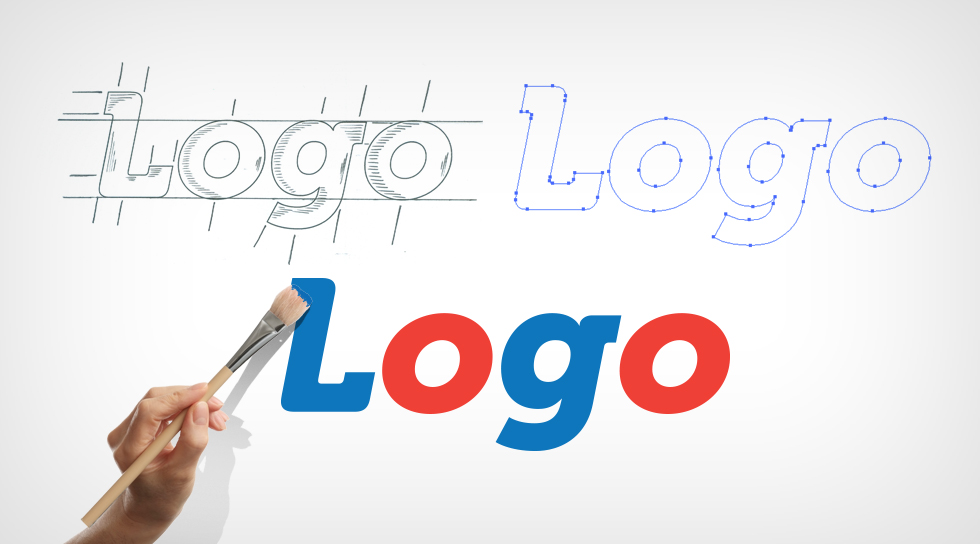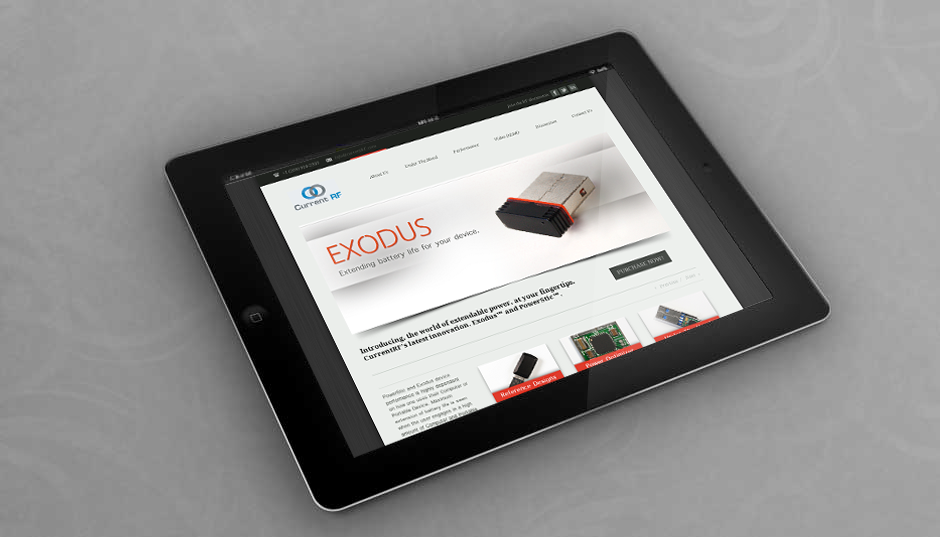How to Build a Brand in 5 Steps
If you’re a small or medium sized business owner looking to reach potential customers, you’ll want to ensure you have a marketing strategy built on a successful brand. Brand-building involves creating a distinctive product or service and then crafting a story and identity for your business that properly reflects what you offer. In today’s marketplace, a well-made product, or a high quality service will only get you so far. To reach the very top of today’s marketplace, you must also have a brand identity.
What Is a Brand?
A brand is a company’s identity. This goes beyond the actual products and services the business provides. When a company has a strong brand identity, its customers know what to expect in terms of quality, aesthetic, function, and social significance. The components of a company’s brand include the brand name itself, the product lineup, the product design (including typography, shapes, and brand color palette), packaging design, advertising, and the slogan or tagline used in content marketing. All these elements convey a brand message and brand voice to target customers—from their very first impression all the way through their life long relationship with your brand.
Why Is Branding Important?
Branding is important because your brand image is intrinsically tied into your business’s reputation. When you’re running a small business, you can’t engage with every single potential customer in your target market. You have to let the brand speak for itself. Potential customers may engage with your brand in a wide variety of formats, slowly building brand awareness over time. They might happen upon it in an online search. They might see it in a store. They might see friends and family using the product themselves. Brand strategy helps you manage perception of your product in all these contexts. And to do that you need to hire true professionals in the design and marketing field. There is no room to leave this up to chance.
How to Build a Brand in 5 Steps
When you start the work of building your own brand, it’s essential to create a strong brand identity worthy of the products you provide. Here are some ways to do that.
- Create a mission statement. Why should your company exist? If you can answer that question, you have your mission statement. If you can’t yet answer it, you must put in the time to figure out a compelling reason for being. Accept that if you can’t articulate the need your business satisfies in the marketplace, there’s no way a customer will be able to. So figure out your brand guidelines and your purpose. Whenever possible, make this purpose align with your own core values. Your mission statement will be at the core of all communication going forward, so make sure it’s a mission statement you are proud of.
- Identify your target audience. Who do you imagine your company serving? What do they look like? What are the ages, genders, nationalities, income levels, and education levels of your target audience? Once you know who you’ll be serving, you can tailor both your product development and your marketing efforts toward these people. Remember that many closely related products exist and often, it’s the brand identity that sets similar products or services apart. As you work in the branding process to identify your customer base, conduct market research whenever possible. While your gut instinct may tell you one thing, it may not be as valuable as what you can learn from surveys and focus groups.
- Think about how you want consumers to engage with your product. What kind of vibe does your product imply? If you’re selling sex toys, you probably want to promote a fun and sexy customer experience. If you’re selling a home alarm system, you probably want to communicate safety and professionalism. A strong brand personality comes not just from what your product is but how it will be consumed.
- Decide on a message for new customers. When a potential customer encounters your product for the first time, what do you want them to think? The answer to this question will affect everything from your company name to your marketing copy. Your message will also affect your web design, from the visual identity and typeface on your website to the packaging and slogans on the products you ship.
- Unify your branding choices throughout your company. If you have employees in your small business, make sure they’re all using the same brand language and visual aesthetics. A great way to get everyone on the same page is to issue a brand style guide, which we can help you create, so that all elements of company design and marketing coalesce around a shared vision.
An extra note from the author: Embrace sub-branding when appropriate. Some large companies employ different brand identities for different product lines. The same parent company can own various sub-brands that each have their own identity and customer base. It’s that kind of specificity that can separate a great brand from a forgettable one.





